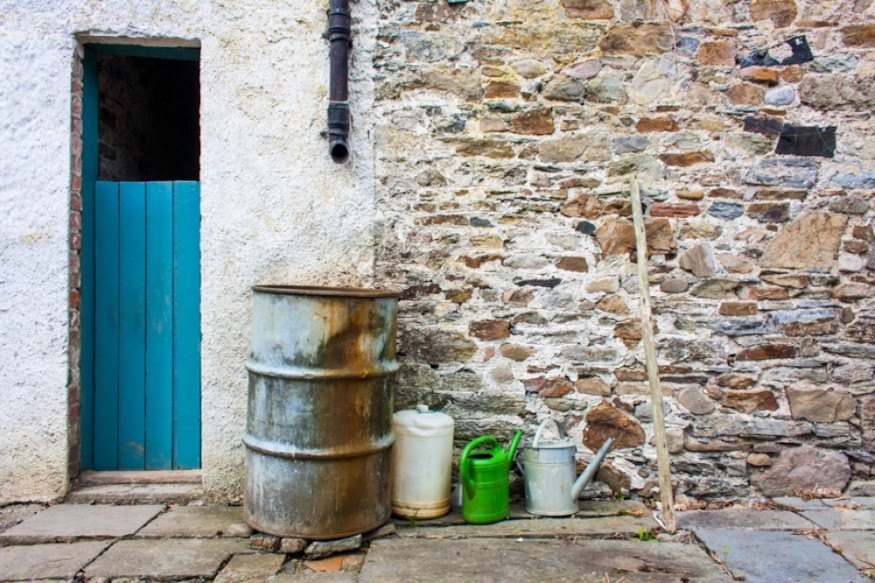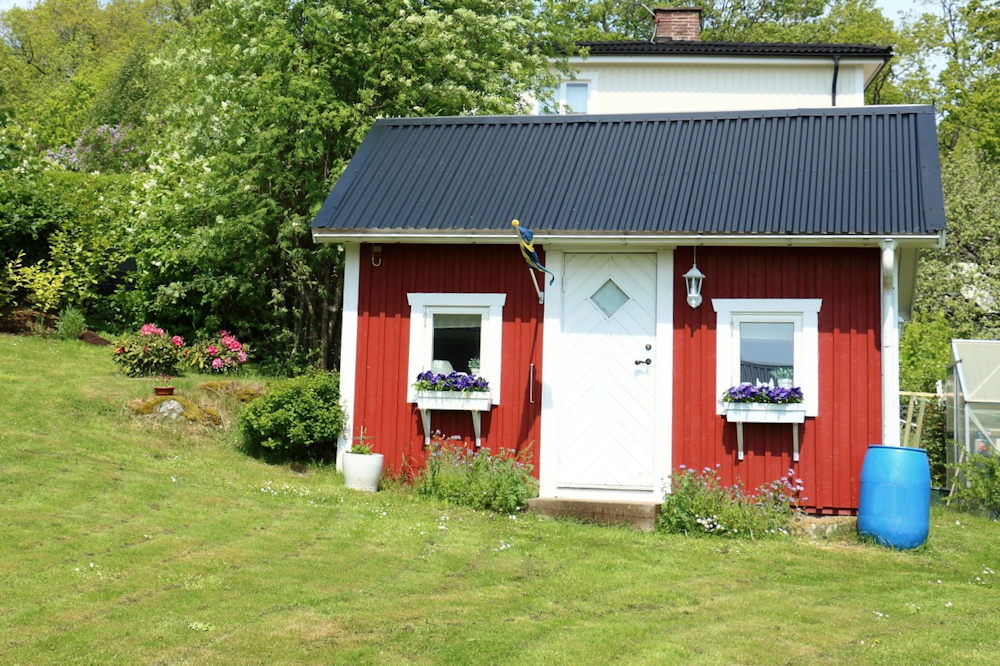In the pursuit of sustainability and self-sufficiency, harnessing rainwater for our gardens stands out as a simple yet effective practice. Whether you’re a novice gardener or a seasoned enthusiast, implementing a rainwater collection system can elevate your gardening game while reducing your environmental footprint. Let’s explore a range of solutions, from the traditional to the cutting-edge, that can turn raindrops into precious resources for your plants.

The Simplest: Barrel Basics
Picture this: a rustic barrel nestled snugly beneath your gutter, eagerly awaiting each rain shower to replenish its contents. This classic setup epitomizes simplicity in rainwater harvesting. However, extracting water from this reservoir can be a tad cumbersome, lacking the necessary pressure for efficient irrigation. Fear not, for a humble bucket or a low-power pump can come to the rescue, effortlessly transferring liquid gold from barrel to bed.

The Most Modern: Subterranean Sophistication
Enter the realm of modernity with underground water tanks crafted from durable plastics, purpose-built for efficient water storage. These marvels of engineering not only capture rainwater from the heaviest downpours but also preserve the precious precipitation of winter months. Equipped with built-in pumps, they offer pressurized convenience, transforming your gardening experience with a steady flow at your fingertips.

The Most Practical: Eaveside Elegance
For those who seek both functionality and aesthetics, a sleek plastic container strategically positioned beneath the eaves proves to be a timeless solution. Designed to seamlessly integrate into your home’s architecture, these containers discreetly collect rainwater, offering a visually pleasing addition to your outdoor space. With the option to connect them directly to your gutter system, watering your garden becomes a breeze. Elevate your setup by placing the container at an optimal height, harnessing gravity to impart a gentle pressure, perfect for filling watering cans or connecting to a drip irrigation system.

Diversifying Your Garden’s Water Management Strategies
Here are a few additional noteworthy rainwater collection solutions for home gardens:
- Rain Gardens: These are shallow, landscaped depressions designed to capture and absorb rainwater runoff from roofs, driveways and other impermeable surfaces. They are planted with native vegetation that can tolerate both wet and dry conditions, enhancing biodiversity while reducing stormwater pollution.
- Green Roofs: Green roofs, also known as living roofs, consist of a waterproof membrane, a growing medium and vegetation planted over the top. They not only absorb and store rainwater but also provide insulation, reduce energy consumption and mitigate the urban heat island effect.
- Permeable Paving: Permeable paving materials, such as permeable concrete, pavers or gravel, allow rainwater to infiltrate into the ground rather than running off into storm drains. Installing permeable paving in driveways, walkways or patios can help recharge groundwater and reduce the risk of flooding.
- Swales: Swales are shallow ditches or channels designed to slow, absorb and redirect stormwater runoff. They can be incorporated into the landscape to channel rainwater from downspouts or to contour the land, preventing erosion and promoting infiltration.
- Rainwater Diversion Systems: These systems capture rainwater from downspouts and redirect it to storage tanks, swales or rain gardens for use in irrigation or groundwater recharge. They can be equipped with filters to remove debris and contaminants, ensuring the collected water is clean and suitable for landscaping.
- Rainwater Harvesting Cisterns: Cisterns are large storage tanks that collect and store rainwater from rooftops for later use. They come in various sizes and materials, such as concrete, plastic or metal, and can be installed above or below ground. Cisterns are ideal for homeowners looking to collect and store large volumes of rainwater for irrigation, firefighting or non-potable household uses.
Each of these solutions offers unique benefits and can be tailored to suit the specific needs and preferences of homeowners. By incorporating one or more of these rainwater collection techniques into your garden, you can reduce your reliance on municipal water supplies, conserve resources and create more sustainable landscapes.

Everyday Water Saving at Home: Tips and Tricks
In the quest for water conservation, every drop counts. Beyond rainwater harvesting, adopting simple habits can further reduce your household’s water consumption. Here are some practical tips to integrate into your daily routine:
Trivia
- Tap Off, Brush On: Turn off the tap while brushing your teeth or lathering your hands with soap.
- Shower Smart: Install water-efficient showerheads and faucets equipped with misting nozzles.
- Flush Less, Save More: Opt for a water-saving toilet tank and adjust it to a smaller flush volume.
- Opt for Drip Irrigation: Switching to drip irrigation systems delivers water directly to the roots of plants, minimizing evaporation and ensuring efficient water usage.
- Mulch Matters: Applying a layer of organic mulch around plants helps retain soil moisture, reduces water runoff and suppresses weed growth.
- Timing is Key: Water your garden during the early morning or late evening to minimize evaporation and ensure maximum absorption by plants.

Not So Trivial
- Tap Tighten-Up: Address dripping taps and leaks promptly to prevent water wastage.
- Full Load Efficiency: Wait until your washing machine and dishwasher are fully loaded before running them.
- Quick Rinse, Less Waste: Keep showers brief and avoid filling the bathtub to the brim, conserving water with each use.
- Leak Check Routine: Regularly inspect pipes and fixtures for leaks to prevent water loss.
- Capture Rinse Water: Place a bucket in the shower to collect water while it heats up, then use it for watering plants or flushing toilets.
- Greywater Recycling: Consider installing a greywater recycling system to reuse water from sinks, showers and washing machines for irrigation or toilet flushing.

Nurturing Nature, One Drop at a Time
In the tapestry of sustainable living, rainwater harvesting emerges as a thread that weaves together conservation and cultivation. By embracing simple yet effective solutions, we not only quench the thirst of our gardens but also nurture a deeper connection with the natural world. Let every raindrop be a reminder of our responsibility to steward the earth, fostering a greener, more vibrant tomorrow.









